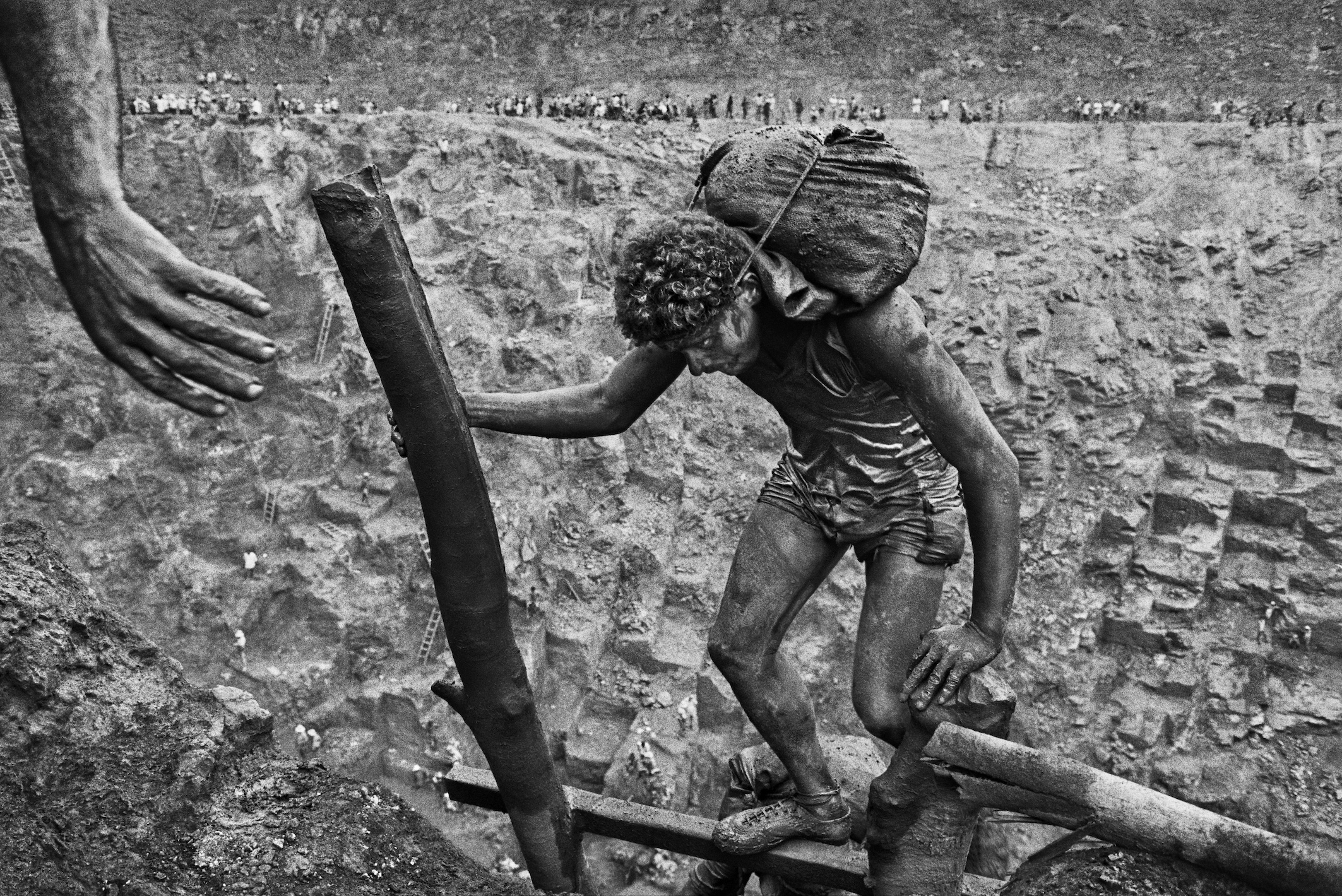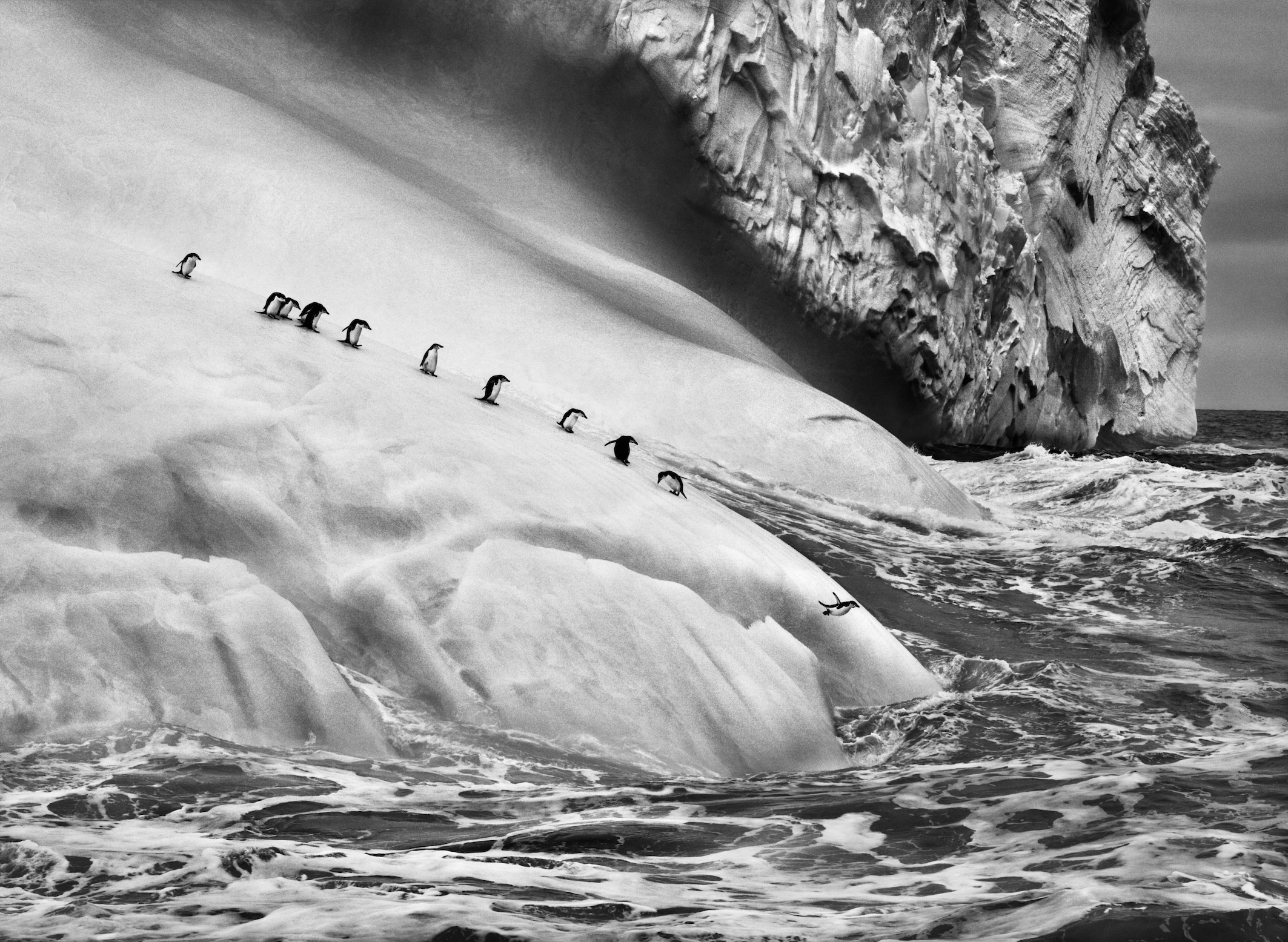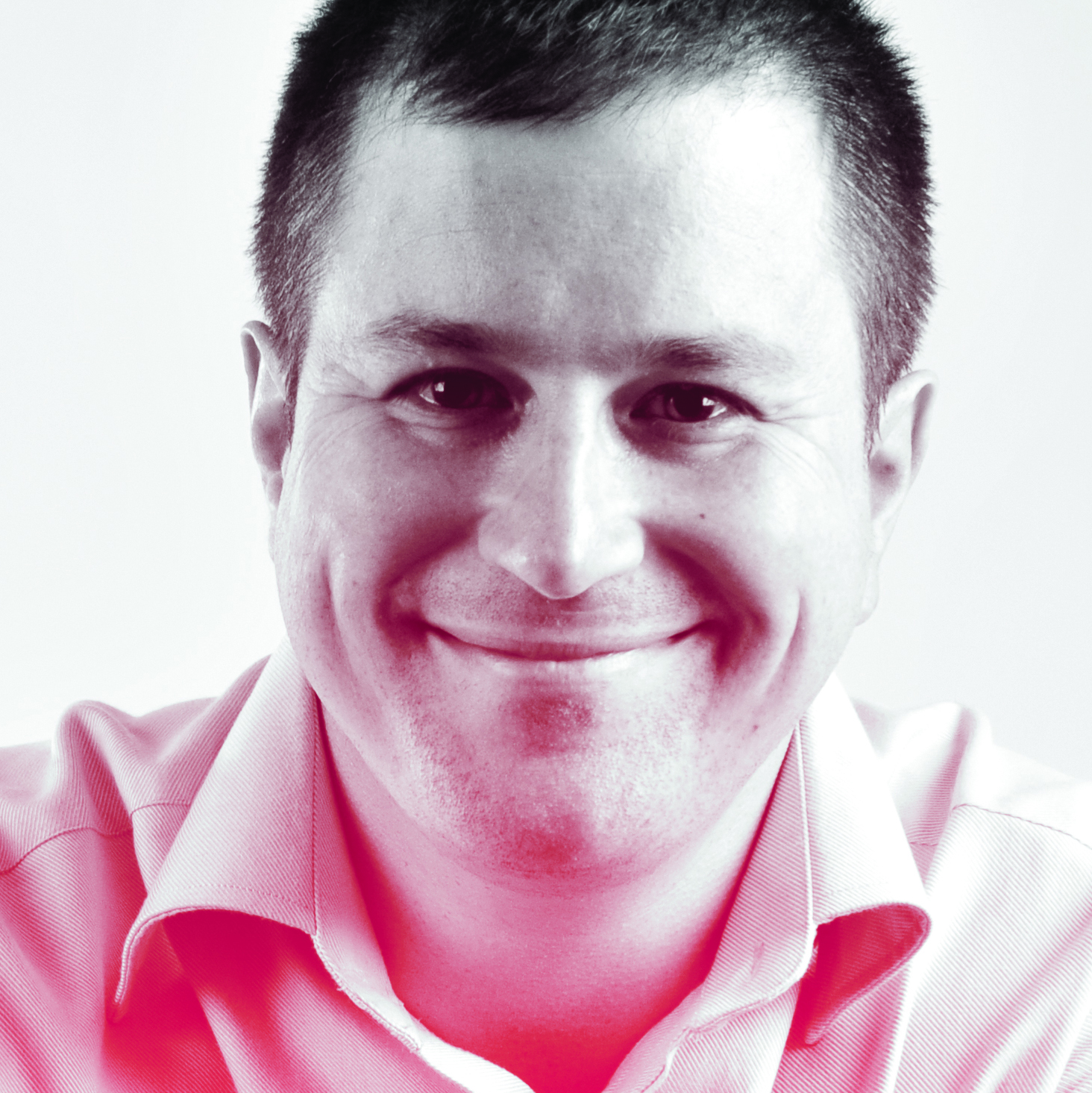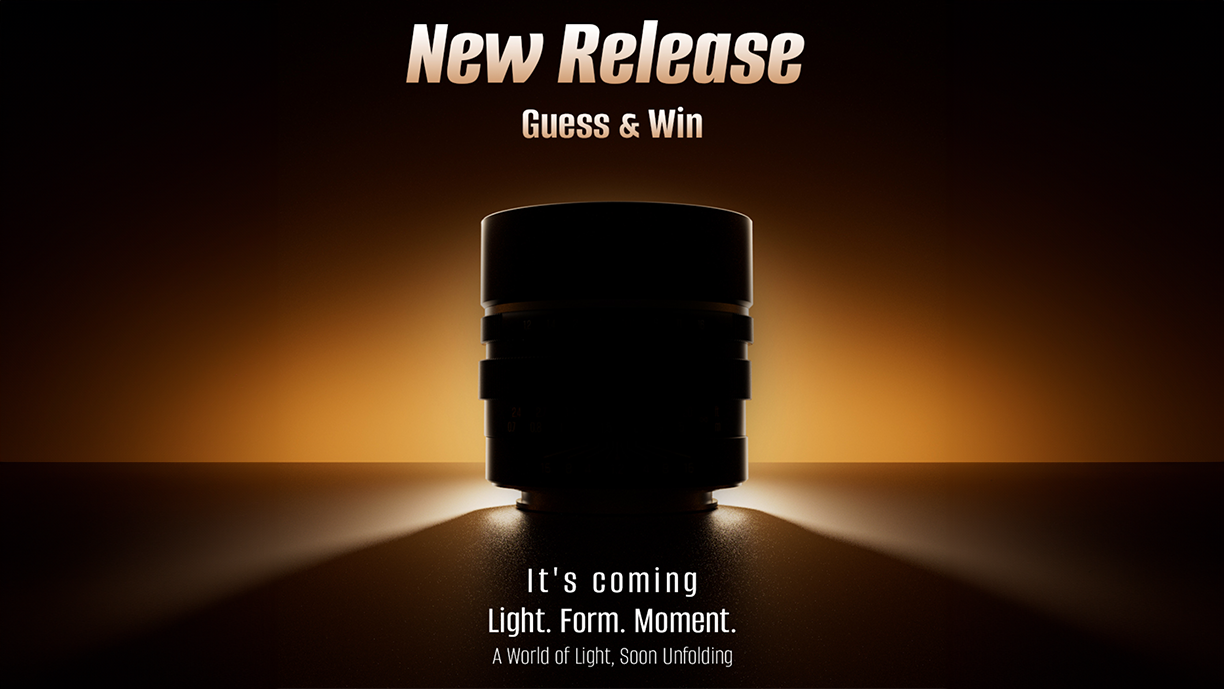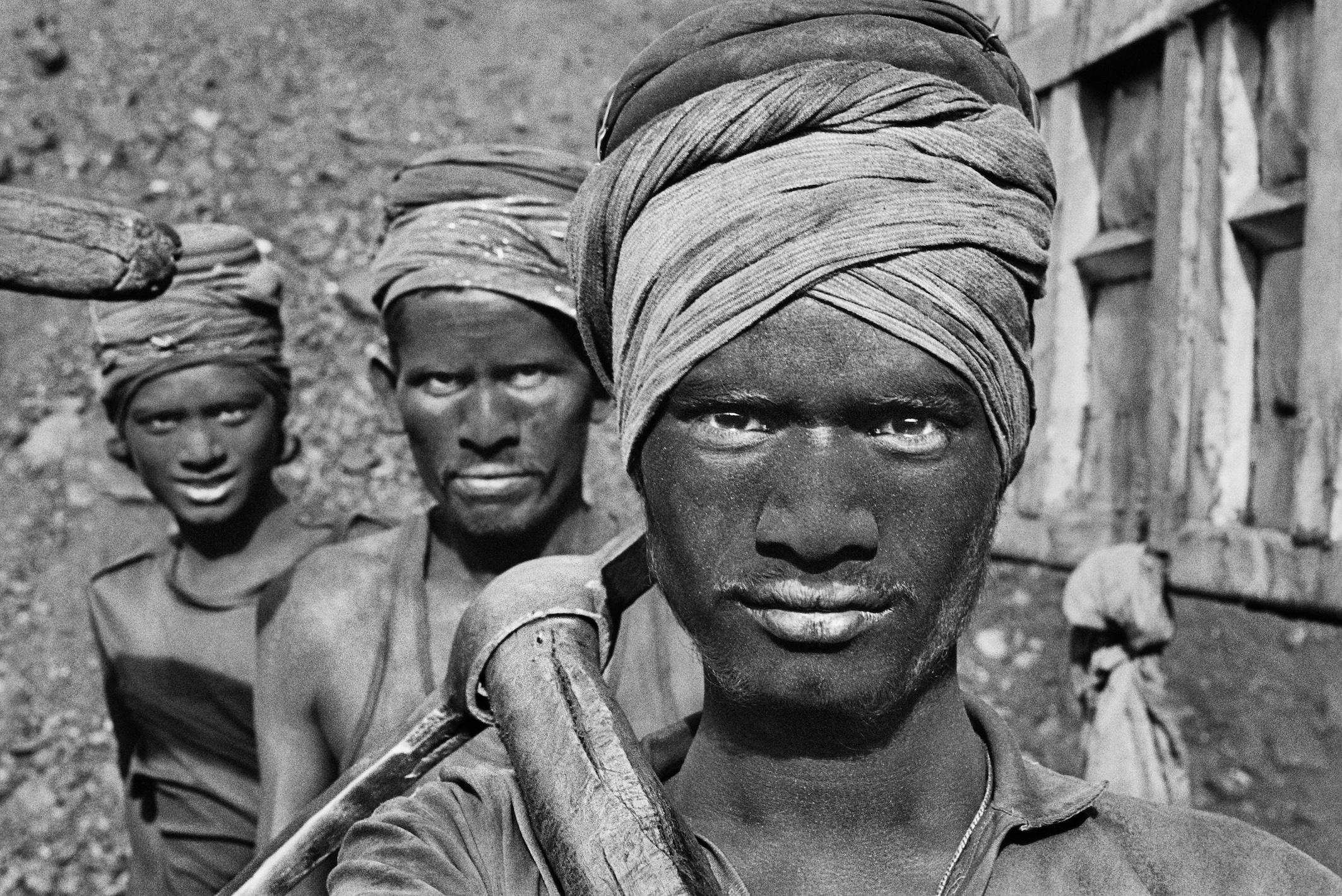
Just five months after his death in Paris, Sebastião Salgado's extraordinary vision is returning to Germany. Opening on October 25 at Galerie Bene Taschen in Cologne, Sebastião Salgado. A Retrospective offers a rare opportunity to experience the full scope of a career that redefined documentary photography.
The exhibition brings together works from the Brazilian photographer's monumental series Genesis, Workers, Gold, Exodus and Other Americas. As such, they span decades of dedication to documenting both humanity's impact on the planet and the enduring beauty of the natural world.
Running until 21 February 2026, it coincides with a complementary solo show at the Rautenstrauch-Joest-Museum in Cologne titled Amazônia, Photographs by Sebastião Salgado.
Why this matters
Salgado's work divides opinion, and that's precisely what makes this retrospective essential viewing. Critics have accused him of aestheticising suffering, of making poverty and hardship too beautiful. His defenders counter that his exquisite compositions dignify his subjects rather than exploit them. The truth probably sits somewhere between.
His 1986 photographs from the Serra Pelada gold mine in Brazil, showing 50,000 workers carved into terraced mud like figures from a Renaissance vision of hell, are undeniably beautiful. They're also profoundly disturbing. That tension is where Salgado's power resides.
His Workers series, which he described as a "visual archaeology" of vanishing labour, documents traditional craftsmanship and physical toil across continents. There's an elegiac quality to these images, a mourning for ways of life being erased by globalisation. Whether you see this as romantic nostalgia or urgent historical documentation probably depends on your own politics.
Environmental activism
What's indisputable is Salgado's commitment beyond the frame. With wife Lélia Wanick Salgado, he founded Instituto Terra in 1998, transforming 17,000 acres of degraded Brazilian land back into Atlantic Forest. Over three million trees have been planted. This wasn't a photographer dabbling in environmentalism; it was environmental restoration practised with the same intensity he brought to his lens.
The best camera deals, reviews, product advice, and unmissable photography news, direct to your inbox!
Genesis, his meditation on pristine landscapes and indigenous communities, emerged from this worldview. As he put it in 2021: "For me, it is the last frontier, a mysterious universe of its own, where the immense power of nature can be felt like nowhere else on earth."
Salgado died on 23 May this year, aged 81, his health compromised by malaria contracted years earlier in Indonesian New Guinea. His passing removes one of the few remaining photographers whose work commanded genuine cultural authority beyond the photography world.
Time for reflection
This retrospective arrives at a moment when documentary photography feels increasingly fragmented and uncertain of its purpose. Salgado represented something unfashionable: the belief that sustained, serious photographic work could matter, could change minds, could bear witness in ways that mattered.
His son Juliano's documentary The Salt of the Earth, co-directed with Wim Wenders, captured something essential about his father: photography as a form of devotion rather than profession. Whether you emerge from this exhibition inspired or critical, you won't be unmoved.
This retrospective won't be the last word on Salgado's legacy, of course. But it does represent an essential chapter in understanding what documentary photography was capable of achieving, in the hands of someone who refused to settle for less than everything.
Tom May is a freelance writer and editor specializing in art, photography, design and travel. He has been editor of Professional Photography magazine, associate editor at Creative Bloq, and deputy editor at net magazine. He has also worked for a wide range of mainstream titles including The Sun, Radio Times, NME, T3, Heat, Company and Bella.
You must confirm your public display name before commenting
Please logout and then login again, you will then be prompted to enter your display name.
